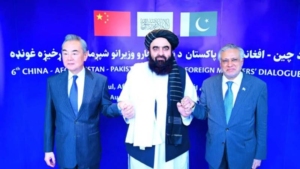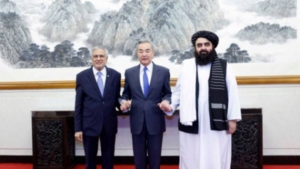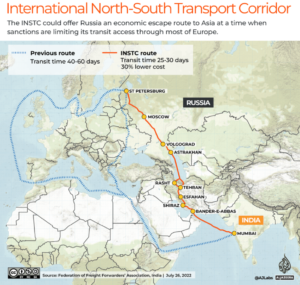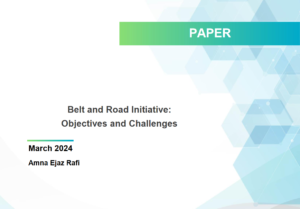
Emerging Technologies Are Reshaping Pakistan’s Militancy Landscape For the Worse
When it comes to terrorist groups’ cost-benefit calculus of adopting and innovating with emerging technologies, there are two opposing conceptual views.

When it comes to terrorist groups’ cost-benefit calculus of adopting and innovating with emerging technologies, there are two opposing conceptual views.

On August 31, 2025, in the Chinese city of Tianjin, an unlikely diplomatic chapter was written. Pakistan, the sole United Nations member state that for decades refused to recognise Armenia, finally established formal diplomatic ties with Yerevan. The joint communiqué signed by Foreign Ministers Ishaq Dar and Ararat Mirzoyan was more than a perfunctory document, it was the symbolic dismantling of a deliberate policy of non-recognition that had cast a shadow over South Caucasus-South Asia relations for three decades.

Chinese Foreign Minister Wang Yi’s recently concluded visits to Kabul and Islamabad have placed regional connectivity as a top priority. During the Pakistan-Afghanistan-China Foreign Ministers’ Trilateral Meeting in Kabul, the three countries called for cooperation against terrorism. Pakistan’s Deputy Prime Minister and

Trilateral talks push to extend CPEC to Afghanistan, boosting regional connectivity, economic growth, and joint efforts against terrorism in South Asia The trilateral meeting between the Foreign Ministers of Pakistan, Afghanistan, and China in Beijing (May 21, 2025) called for extending the

Pakistan’s decisive military response countered India’s aggression, reinforced regional sovereignty, and highlighted the strength of Pakistan-China ties in promoting peace and connectivity India’s attempt to challenge Pakistan’s sovereignty has been countered by Pakistan’s impeccable defence. India, in a cowardly attempt, targeted mosques

On October 6, a convoy of Chinese employees was attacked by terrorists near the Karachi airport. A vehicle-borne improvised explosive device (VBIED) was used for the attack which claimed the lives of two Chinese engineers. The Chinese engineers were part of the

China’s economic journey from state-led industrialisation to international markets is an outcome of a capitalist development strategy. Initially, China tried to attract the foreign investment by inviting companies’ in the Special Economic Zones (SEZs). The SEZs in coastal areas of China gave

The International North-South Transportation Corridor (INSTC) represents an ambitious multimodal trade route that can optimize its connectivity potential by integrating with the China Pakistan Economic Corridor (CPEC). Both corridors are cost-effective, have a common connectivity link through Afghanistan, and have the potential

The Belt and Road Initiative (BRI) is a Chinese led investment plan wherein the focusis to connect to world regions through economic cooperation. So far, 151 countriesfrom Asia, Europe, Africa and Middle East have joined BRI. The two-way tradeinvestment between China and

Does the Belt and Road Initiative (BRI) signify China’s political growth or is it reflective of the developing world’s inclination towards economic connectivity? In either of the case, it is the new trend of regional connectivity that is gaining momentum. China’s outreach